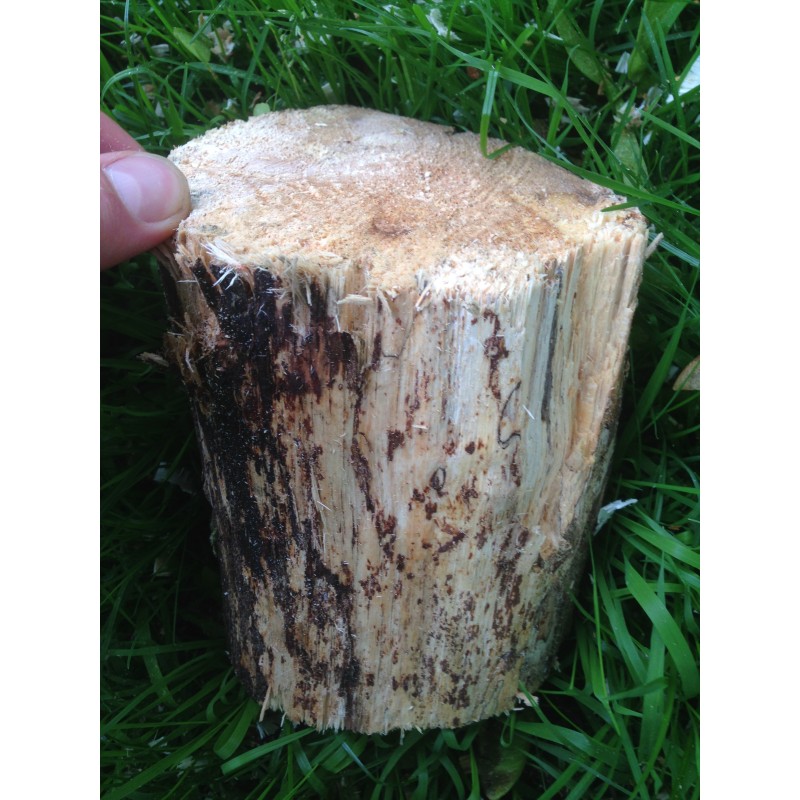Elias Harper
Arachnopeon
- Joined
- Aug 3, 2017
- Messages
- 31
So for millipedes and such that eat rotting wood, where would I go about getting it and how would I prepare it so it's safe. Can I just go into the woods and find some rotting wood and break it down or do I have to do something to it?

